Reviewing the Classics| The Adventures of Prince Achmed
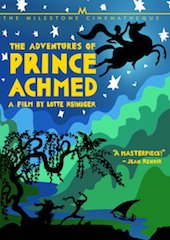 In order to truly appreciate the beauty and wonder of Prince Achmed, we must acquaint ourselves with Lotte Reiniger—the woman who shaped the destiny of animated films with a pair of scissors.
In order to truly appreciate the beauty and wonder of Prince Achmed, we must acquaint ourselves with Lotte Reiniger—the woman who shaped the destiny of animated films with a pair of scissors.
Before Walt Disney could change the world with his own art and innovative animation, Lotte Reiniger had to pave the way. Her art style and work using early multiplane camera techniques made Snow White and the Seven Dwarfs, and every following animated feature, possible. Disney’s Fantasia and Sleeping Beauty most certainly derived stylistic inspiration from Lotte’s films, beyond the obvious factor of them all being fairy tales.
The Adventures of Prince Achmed is—at 65 minutes—technically the first animated feature ever. At a time when animation was seen merely as a comedic distraction and not to be entertained for longer than five minutes, Lotte Reiniger pushed the envelope. It is debatable because of her that animation became a widely considered an appreciated art form. Lotte had created six short films and began a creative career with her husband Carl Koch before finally crafting Prince Achmed.
Her silhouette-style animation was heavily influenced by her love of cinema, particularly Georges Méliès, as well as her appreciation for Chinese shadow puppetry. Lotte’s figures and sets were made by hand with cardstock, wire, wood etc… Like most of Lotte’s films, Prince Achmed features rich colors and lightning techniques in the backgrounds to contrast the silhouettes and breathe life into the environments. Using her camera techniques, she made her two-dimensional figures and backdrops feel three-dimensional and fully immersive.
The story is loosely based on Arabian Nights, and other folktales, and follows young Prince Achmed as an African magician sends him from his home against his will on a flying horse. Achmed finds himself in the land of Wak Wak where he falls in love with a sprite-like princess. He takes her away from her island prison, incensing the demons who have held her captive, and causing a chain reaction of evil and magic in their wake. With the help of an old witch—and even Aladdin himself—Achmed will have to face the demons of Wak Wak and the African Magician to free his family, and his true love, for good.
The film is silent, apart from the music, but the result is powerful nonetheless. Lotte’s animation sequences are mesmerizing and dreamy. The flow of visuals you get from the elegant, filigree cutouts creates a different kind of emotional connection to the story than live-action or more standardized animation. It brings you to a place of childlike understanding and engages the imagination on a higher level by employing the concept of negative space in art. This unique viewing experience certainly makes it worth the three years and 300,000-ish frames it took to bring the film to life.
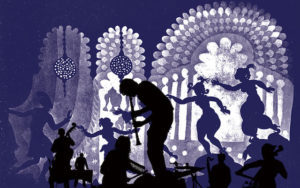 A few more recent creators have adopted the silhouette animation style, including French director Michel Ocelot, who created films such as Kirikou and Tales of the Night. Though his films are beautiful and feature smooth, computer animation, there is something about them that lacks the character and charm of the handcrafted cutouts. I feel the love of the creator’s hand when I watch Prince Achmed, but I do not have that same level of feeling when watching Tales of the Night—despite how gorgeous it is. The personal effort and love that Lotte brought to her creations make them stand out against the sleek, modernized pieces of today.
A few more recent creators have adopted the silhouette animation style, including French director Michel Ocelot, who created films such as Kirikou and Tales of the Night. Though his films are beautiful and feature smooth, computer animation, there is something about them that lacks the character and charm of the handcrafted cutouts. I feel the love of the creator’s hand when I watch Prince Achmed, but I do not have that same level of feeling when watching Tales of the Night—despite how gorgeous it is. The personal effort and love that Lotte brought to her creations make them stand out against the sleek, modernized pieces of today.
Lotte not only stood out for her time but also in her circle of Avante Garde filmmakers. She chose to create “conventional” fairy tales rather than experimental or political pieces like her peers. She may not have taken part in propaganda films, but she was every bit as powerful an instrument of German expressionism as Fritz Lang or Robert Wiene. It is unfortunate that history has so lazily discounted as the true pioneer of cinema she was.
When asked why she did not make political films by one of her animation assistants on Prince Achmed, she replied with her most famous quote…
“I believe in the truth of fairy-tales more than I believe in the truth in the newspaper.”
I, personally, could not agree more.


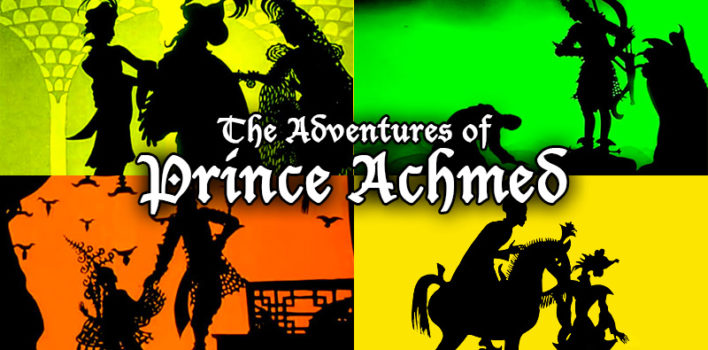
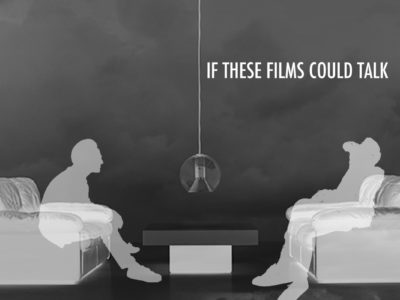
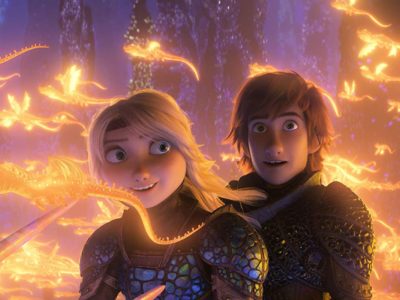



Pingback: Reviewing the Classics| Snow White and the Seven Dwarfs | Reel World Theology
Pingback: Reviewing the Classics: SNOW WHITE AND THE SEVEN DWARFS | The Film Avenger